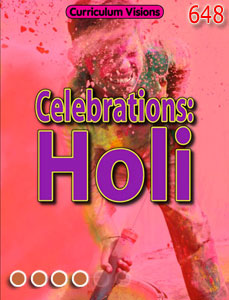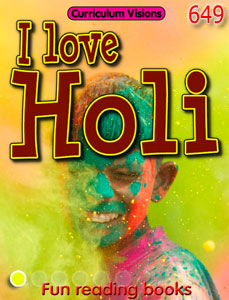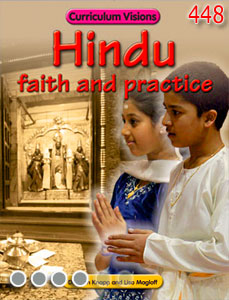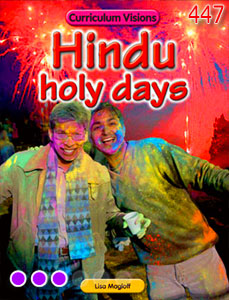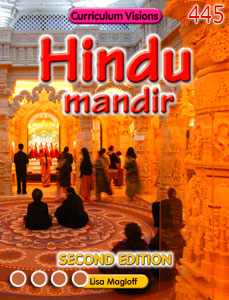Holi is known as the Festival of Colours. On Holi people throw and spray colours at one another, they have the day off to dance, party and eat festival sweets.
To understand how Holi comes about, you need to know what happens on the night before Holi, called Holika Dahan. Holika Dahan is a Hindu festival on the Full Moon (Phalguna Purnima), and it occurs in February or March.
Holika Dahan is a time when bonfires are lit. The purpose is to burn Holika, who is the sister of an evil king. For Hindus, Holi celebrates the death of Holika in order to save the kings's son, Prahlada. So Holi gets its name from the death of the evil king’s sister.
It is traditional for people to contribute a piece of wood for Holika bonfire. In many cities large bonfires are not a good idea, and are restricted to public open spaces, but in many districts a symbolic bonfire is made up in streets, too.
On top of the bonfire, which should really be called a pyre as it was intended to burn a body, people place a doll representing the evil Holika who tricked the boy Prahlada into the fire.
The next day is a celebration, Holi. But the colours come from another myth, and that is the way that Lord Krishna and his wife came together. Find that out in the Holi book.
